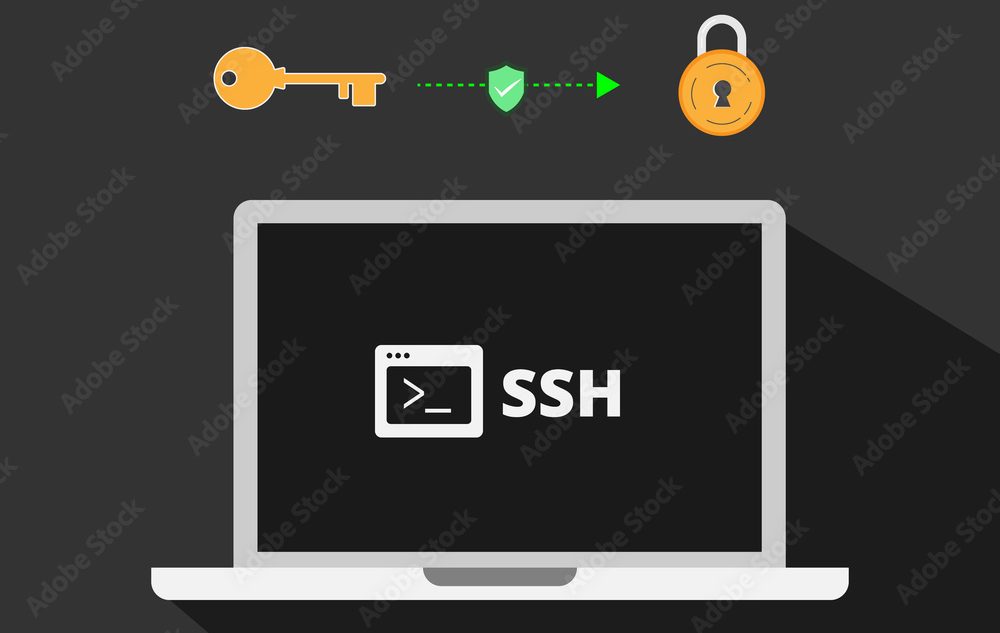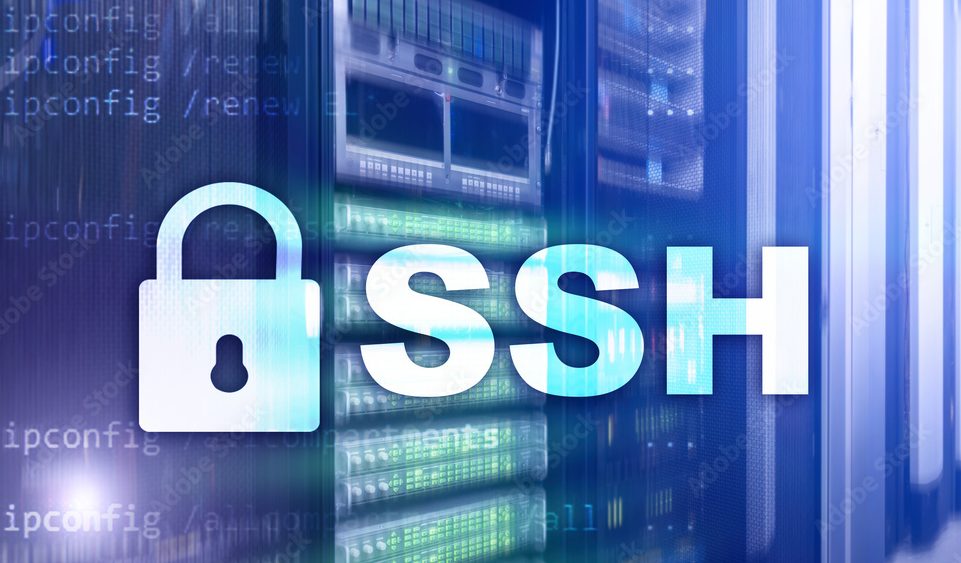Introduction
What is SSH? In today’s interconnected world, the security of our digital communications is paramount. Whether you’re sending sensitive information over the internet or managing remote servers, you need a secure method to protect your data from prying eyes and malicious actors. One technology that plays a crucial role in achieving this is SSH, which stands for Secure Shell. In this comprehensive guide, we’ll dive deep into SSH, exploring what it is, how it works, and why it’s an essential tool for anyone concerned about online security.
Chapter 1: The Basics of SSH (What is SSH?)
SSH, or Secure Shell, is a cryptographic network protocol used for securely connecting to remote servers and devices over a potentially unsecured network. It was developed to replace older, less secure protocols like Telnet and FTP, which transmitted data in plaintext, leaving it vulnerable to interception.
SSH is designed to provide strong authentication, secure data encryption, and data integrity checks. These features make it a fundamental tool for system administrators, developers, and anyone who needs to access or manage remote systems securely.
Chapter 2: How Does SSH Work?

At its core, SSH employs a client-server model for secure communication. Here’s a simplified breakdown of how SSH works:
- Establishing a Connection: When you want to connect to a remote server or device via SSH, you initiate a connection from your client machine to the remote server.
- Authentication: Once the connection is established, the client and server perform an authentication handshake to verify each other’s identity. This step ensures that you are connecting to the correct server and not falling victim to a man-in-the-middle attack.
- Encryption: After successful authentication, SSH sets up an encrypted tunnel for data transmission. This encryption ensures that any data sent between the client and server remains confidential and cannot be intercepted easily.
- Data Integrity Checks: To prevent tampering with data during transmission, SSH employs data integrity checks using cryptographic hash functions. This ensures that the data you receive on your client is identical to what the server sent.
- Session Management: SSH manages the session, allowing you to run various commands, transfer files, or access remote services securely.
Chapter 3: Key Components of SSH
To fully understand SSH, it’s essential to grasp its key components:
- SSH Keys: SSH keys are cryptographic key pairs, consisting of a public key (which you share) and a private key (which you keep secret). When you connect to an SSH server, your client uses your private key to prove your identity, and the server checks that your public key matches the one it has on record.
- SSH Clients: These are software applications or tools that enable you to connect to SSH servers. Some common SSH clients include OpenSSH, PuTTY, and SecureCRT.
- SSH Servers: SSH servers are installed on remote machines you want to access securely. They listen for incoming SSH connections, authenticate clients, and facilitate secure communication.
- SSH Protocols: SSH has different versions, with SSH-1 and SSH-2 being the most notable. SSH-2 is the more secure and widely adopted version, offering better security features.
Chapter 4: Use Cases for SSH
SSH is a versatile tool with a wide range of applications:
- Remote Server Management: System administrators use SSH to manage servers and network devices remotely. It provides a secure way to perform tasks like configuration changes, software updates, and troubleshooting.
- Secure File Transfers: SSH includes utilities like SCP (Secure Copy Protocol) and SFTP (Secure File Transfer Protocol) for securely transferring files between local and remote systems.
- Tunneling and Port Forwarding: SSH can create secure tunnels to forward traffic between two points, allowing users to access services on a remote server securely.
- Accessing Remote Services: Developers and network administrators can use SSH to access remote databases, web servers, and other services securely.
- Securing IoT Devices: SSH can be used to secure connections to Internet of Things (IoT) devices, preventing unauthorized access to smart appliances and gadgets.
Chapter 5: Tips for Secure SSH Usage
While SSH is a robust security tool, it’s only effective when used correctly. Here are some essential tips for secure SSH usage:
- Use Strong Passwords or SSH Keys: Avoid weak passwords and opt for SSH keys whenever possible. Keys are more secure and resistant to brute-force attacks.
- Update Your SSH Software: Keep your SSH client and server software up to date to benefit from security patches and improvements.
- Disable Password Authentication: If feasible, disable password-based authentication on your SSH server and rely solely on SSH keys for authentication.
- Limit Access: Configure your SSH server to allow access only from trusted IP addresses or networks, reducing the risk of unauthorized access.
- Monitor SSH Logs: Regularly review SSH server logs for suspicious activity or failed login attempts, which may indicate a security breach.
Chapter 6: The Future of SSH
SSH has been a cornerstone of secure communication for decades, but it continues to evolve. Future developments may include enhanced cryptographic algorithms, improved security protocols, and increased usability. As the digital landscape changes, SSH will likely adapt to meet new challenges and demands.
Conclusion
In an age where data security is paramount, understanding SSH and its role in securing digital communications is essential. Whether you’re a system administrator, developer, or concerned internet user, SSH empowers you to connect to remote systems and services with confidence. By implementing best practices and staying informed about the latest developments in SSH technology, you can enhance your online security and protect your valuable data from threats.

